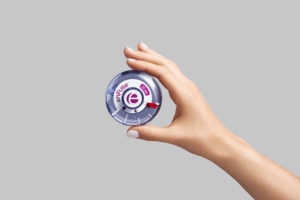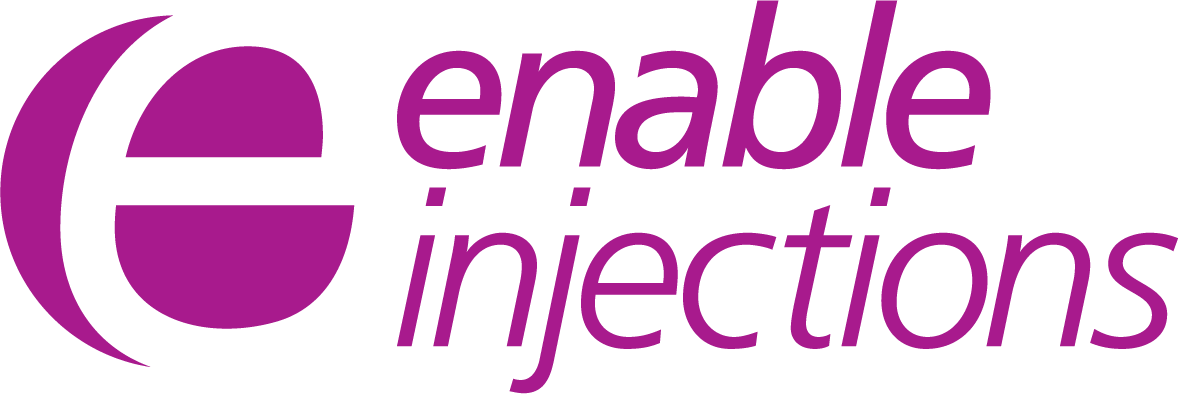
Injection Devices: Wearables, Connectivity & Patient-Centric Designs Empower Self-Administration

Enable Injections enFuse 25-mL on-body infusor
The Drug Development & Delivery annual special issue, Injection Devices: Wearables, Connectivity & Patient-Centric Designs Empower Self-Administration, featured the Enable Injections enFuse® Wearable Infusor as a Platform for Larger Volume Drug Delivery. Read an excerpt of the article, below:
SPECIAL FEATURE – Injection Devices: Wearables, Connectivity & Patient-Centric Designs Empower Self-Administration
The global self-injection devices market is expanding at a rapid pace due to high prevalence and incidence rate of chronic diseases, technological advancements, new product development and commercialization, and product differentiation strategies adopted by leading pharmaceutical companies worldwide. In terms of revenue, the global market was valued at $3.7 billion in 2017 and is projected to reach $11.3 billion by 2026.1
“The high numbers of new injectable drugs projected to reach the market in the coming years, as well as the trend to move therapies from clinics into home settings to save costs and provide more convenience for patients means increasing demands for injection devices,” says Hans Jensen, Global Business Development Director, Consort Medical, Bespak Drug Delivery Devices.
The global self-injection devices market is also driven by a significant rise in demand for home health care, owing to low cost of treatment and improvements in overall patient experience. The ability of self-administration is a key factor fueling demand for pen injectors. The pen injectors segment held a significant share of 67.6% of the market in 2017 and research indicates that it is likely to be the leading product segment, owing to the applications in diabetes, easy availability, and low cost, according to a report from Transparency Market Research.
Technological advancements in self-injection devices, especially in autoinjectors and wearable injectors, for the administration of high-viscosity and large-volume drugs represents a potential business development opportunity for leading players. Reports suggest that the wearable injectors segment is projected to expand at a CAGR of 20% between 2018 and 2026.1
“Traditional spring-based autoinjectors have previously been sufficient to deliver the drugs being developed, however many biologics by nature need higher doses to have an effect, which leads to higher viscosities and/or higher volumes to be delivered,” says Mr. Jensen. “Furthermore, others are working on viscous long-acting formulations to decrease frequency of injections, thereby increasing patient convenience. Finally, a number of drugs initially developed for IV administration in clinics are being re-formulated to allow home administration, but that also can result in high viscosity and/or higher doses that may not be appropriate for traditional autoinjector devices.”
This exclusive Drug Development & Delivery report highlights the innovation in injection devices – from wearables to connectivity to varied dose administration – that have occurred in the past year.
To read more from the article and Drug Development & Delivery‘s report on innovation in 2019, click here.
